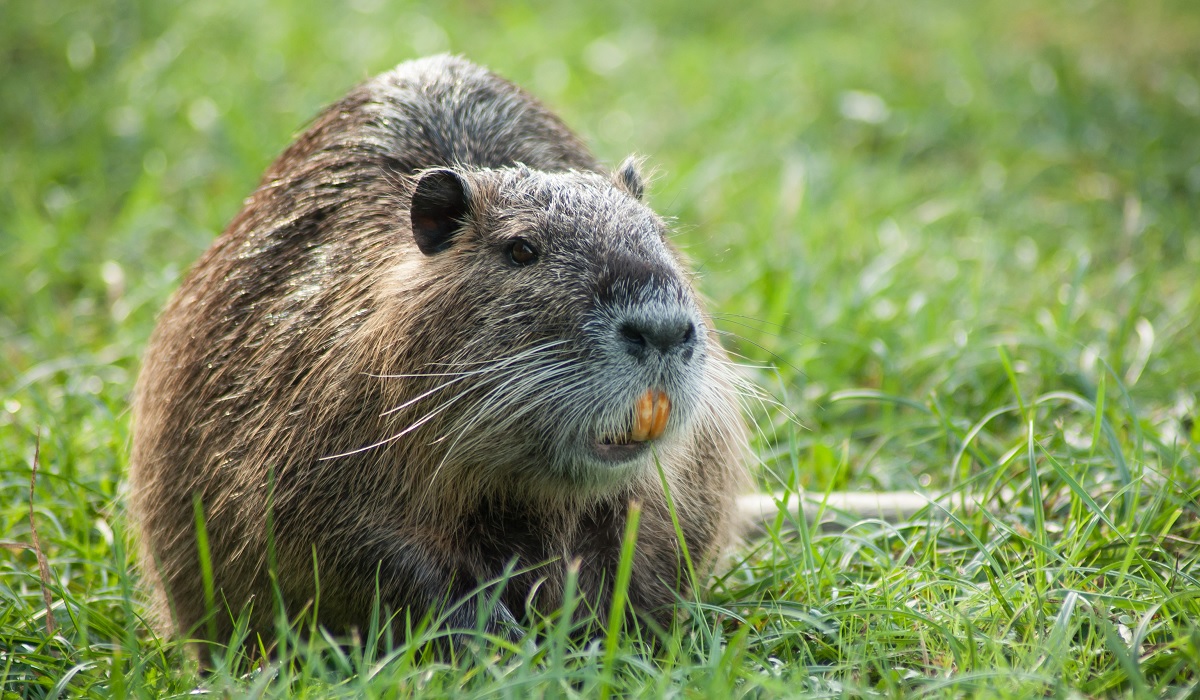Products You May Like
In the midst of wildfires and devastating earthquakes, the most recent threat to California’s wilderness has webbed feet, whiskers and large orange teeth. Listed among the “Top 100 Worst Invasive Species,” these invasive swamp rodents – known as nutria – only weigh around 20 pounds, yet they eat nearly a fourth of their weight each day by burrowing into riverbanks and chowing on plants that emerge from the water.
These critters are currently being blamed for eradicating wetland habitats, degrading soil, ruining crops and carrying several pathogens that may threaten livestock.
Worst of all, they could wind up jeopardizing California’s water supply!
According to Peter Tira, a spokesman for the state’s Department of Fish and Wildlife, the Sacramento-San Joaquin River Delta is the “heartbeat of California’s water infrastructure.” It contains a network of over 1,000 miles of canals and levees that protect the area from flooding, provide drinking water to millions of Californians and irrigate California’s farming regions.
The state’s wildlife agency is fighting back, though, and deploying a new array of tactics to eradicate the nutria and try to prevent the widespread destruction they’re known to cause.
“Over the past two years, our best efforts were trying to not even control the population but keep it from exploding while we pursued the resources needed to actually pursue eradication ,” said Valerie Cook, environmental program manager for Fish and Wildlife’s newly established Nutria Eradication Program.
“Boy, they’re an ugly-looking thing,” said David Passadori, an almond and walnut farmer in cental California. “And the way they multiply – jeez!”
An invasive species originally from South America and brought to the U.S. at the height of the fur trade in the late 19th century, nutria were believed to have been eradicated in the state in the 1970s until one turned up in a beaver trap in 2017. Since then, more than 700 nutria have been trapped and killed, including four on Passadori’s property.

